I first heard about Stefano Manfredi from a friend living in Australia. An Italian-born chef and baker now living in Australia publishes great posts on Instagram. So I invited him for an interview to share stories about his Italian origins, working in Australia and his life in the food business.
How did you become a chef?
I come from a family of cooks on my mother’s side.
I’ve always cooked. As a young boy my mother’s kitchen always fascinated me.
I loved food and especially its preparation.
After university I began teaching. I taught for a while and then started working in restaurants until, in 1983, we opened our first restaurant.
Becoming a chef took longer. I learnt on the job.
How to manage a kitchen, a restaurant, staff. How to design kitchens and how to design, set up and run restaurants. Sixteen of them, as of last year, over an almost 40 year career.
Can you describe your region of Italy in a dish?
I was born in the region of Lombardy, on the great plain below Lake Garda.
All around our town there were, and still are, fields of rice.
There are many dishes in the local repertoire but a simple risotto with porcini reflects the rice fields encircling our town.
Besides a writer, chef, restaurateur you bake bread too?
Yes. It was back in 1996 at our bel mondo restaurant in Sydney that I began baking bread. Flour, water and fermentation has always fascinated me. I still have so much to learn.
What’s your idea of bread in a restaurants menu?
I’ve had some of the worst bread imaginable in some of the best restaurants in the world. It’s like espresso in many restaurants. It’s an afterthought. Let’s get some flour, water and plenty of yeast and make bread. I don’t think that bread should be charged for in restaurants. It represents one of the cornerstones of hospitality to provide wonderfully fragrant bread to your guests. Charging for it seems mean. Build it into the menu costs.
Food in Italy is regional you’ve said, but how does it fit together nationally with that separation of locality?
It’s fiercely regional and even within regions and towns and families there are disputes on how to prepare a certain dish. It’s the problem with a country of 60 million people who all love food and have an opinion on how it should be prepared.
There are also dishes that have made it into the national repertoire. These are pizza, cannelloni, risotto, various pasta dishes like amatriciana, lasagna, spaghetti vongole, tiramisù, pannacotta etc.
We know immigration changed Italian food in the world, but how has it changed in Italy?
Immigration has from its very beginnings continually changed Italian food.
I can start with the Roman general Pompey who established Roman Syria in 64 BCE and conquered Jerusalem shortly after, in 63 BCE. A good portion of the Middle East was part of the Roman Empire and Jews migrated to Rome taking with them their dishes such as carciofi alla giudea, concia, baccalà all’ebraica and supplì.
In 800BCE the Arabs occupied Sicily and introduced an enormous amount of produce like eggplant, rice, cane sugar, citrus fruits and sesame seeds.
And then later the Colombian Exchange brought tomato, potato, chocolate…you get the picture. Cuisine doesn’t stand still.
Is there a code of tradition in Italian cuisine that doesn’t allow for variations or change?
On the surface it does seem that there is but then when you drill down there are always those who break rules.
Does food or dishes vanish from repertoires because of lost generations or people don’t cook at home as much?
Yes of course. Italy was one of the last European countries to industrialise and there is still a tie to those what I call “old weird dishes”. They’re still around in certain homes and trattorie but you have to look for them.
I’m talking about coratella, a wonderful Roman dish of stewed lamb’s innards with onions. I know of two trattorie that prepare it, one in Frascati and the other in Olevano Romano. Whenever I can I make a detour.
What basic staples should be in a kitchen pantry to cook Italian food?
Good extra virgin olive oil, red and white wine vinegar, good Sicilian sea salt, capers from Pollara, anchovies, good coarse polenta (not instant), good risotto rice (my favourite is Acquerello), dried porcini, saffron threads, good pecorino, good Parmigiano Reggiano and Grana Padano, good quality passata and pelati tomatoes, dried Sicilian origano, good selection of quality flours.
Cooking seasonally can be challenged with a world used to shipping out of season food to our tables all year long, does that confuse our understanding our food cycle?
In one sense cooking is converging in much of the world where wealth and modern transport can deliver the freshest ingredients around the world in a matter of hours and days. That is evident in mostly “fine dining” and food magazines but there is a strong counter to that in trattorie and in many homes where food is still prepared using local ingredients that are in season. I’m talking specifically here in Italy as I write this and where I’ve been travelling around for the last 6 months.
Is Italy having a renaissance with bread baking, or at least better flour?
I think that Italy is producing the most interesting array of flours that I’ve seen anywhere. Because there are a huge selection of flours, both the pizza and bread sectors have been undergoing a creative spurt, the former for at least 20 years and the latter the last 12 or so.
Pizza is known in every corner of the world, but there are misconceptions of the method of making and regional differences styles of pizza? ; Roman/ Napolitano
Wherever you go in Italy, there is a local version of pizza. Of course there is the ubiquitous Naples-style with the puffy cornice, super white crumb due to the 00 fine flour and the super-soft doughiness but there is so much more.
There’s the Roman pizza al taglio, or pizza in teglia, a rectangular pizza where the base is often precooked before toppings are added. Pizza Siciliana uses local Sicilian ingredients and, more and more, the rediscovered ancient wheat varieties of the island, especially the durum types. The new high-end pizza a degustazione (often called gourmet) is served one small slice at a time and often uses interesting flours and fermentation techniques, with a series of luxurious toppings. Add to these the folded pizza (calzone) and the fried pizza, Roman pinsa and too many more to mention and what we see is a typically diverse Italian take on a national obsession.
How has the pandemic affected you, professionally, personally, as a chef?
This is something that I’ve been pondering. I know it’s affected me, I can feel it. And it’s evolving because I’m still in Italy amongst it.
Personally I think it’s made me believe more in people as I’ve been taken in and given shelter by friends. I’ve also seen the best of a country and it’s people band together to defeat an invisible enemy, even when the combat plan went so against the psyche and the DNA of Italians.
Ordinarily, Italians lining up for anything is a rabble rather than a straight line. During the pandemic, they lined up neatly, in the required distance from one another, solemn but not silent. The mood at the height of the pandemic was sober but not panicked. People didn’t hoard. There were no shortages of anything in shops and supermarkets.
Professionally, my restaurant in Australia is still closed because it’s part of a large theatre that’s also closed. Hopefully it will reopen soon. There’s not a lot I can do from Italy anyhow.
And that’s the thing with this pandemic. I’ve had to stop thinking about the peripheral and concentrate on the immediate. Those things that I can deal with.
What food do you love the most from memories in childhood?
We all tend to try and rediscover our childhood foods and it’s no different for me.
I recently made pane e cioccolato (bread and chocolate) using my sourdough starter. The kids where I’m staying devoured it. It was so much fun to see!
For me there are so many memories of great food that my mother made, and still makes. In winter there were great cauldrons of minestrone, laden and thick with all sorts of hearty vegetables, osso buco with polenta, hare salmì, tripe and peas in white wine, stracotto di manzo, veal tongue with salsa verde. In the warmer months she would make peperonata, zucchini trifolati, spinach and ricotta gnocchi, a simple salad with fennel, olive oil, salt and pepper (still a favourite of my daughter).
Your favorite dish?
Always a difficult question. There are so many. But I’d have to say my mother’s tortelli di zucca. The way she makes them is long and laborious, involving the removal of most of the water in a cooked pumpkin so a 3kg specimen is reduced to around 500g of concentrated flesh.
Who inspires you in the kitchen?
It used to be chefs but now it’s farmers, growers, artisan producers, fishers.
Favorite ingredient?
Another difficult choice but the best extra virgin olive oil is always one of the most fundamental elements of my cooking.
What in Italy have you not tried yet or discovered?
There’s so much I don’t know and haven’t discovered for myself.
So much is grown and made here. So much food and wine and art.
This year in Sicily I found the wonderful Giarratana sweet onions and the sesamo di Ispica.
I would urge anyone interested in food, wine, history and culture to spend time in sIcily. It is hugely inspirational and rewarding.
Next book will be about?
It’s fiction and talks about food only in passing .
I’ve started writing a detective story.
Let’s see where that goes.

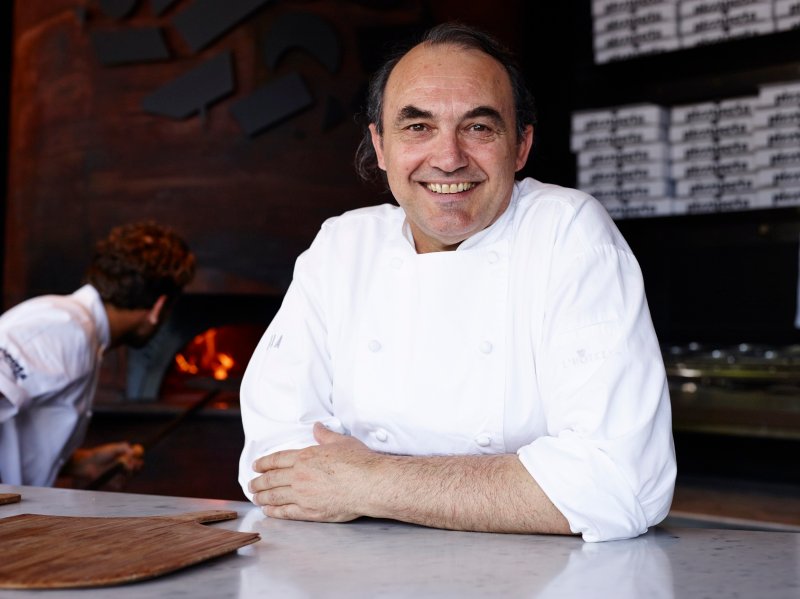
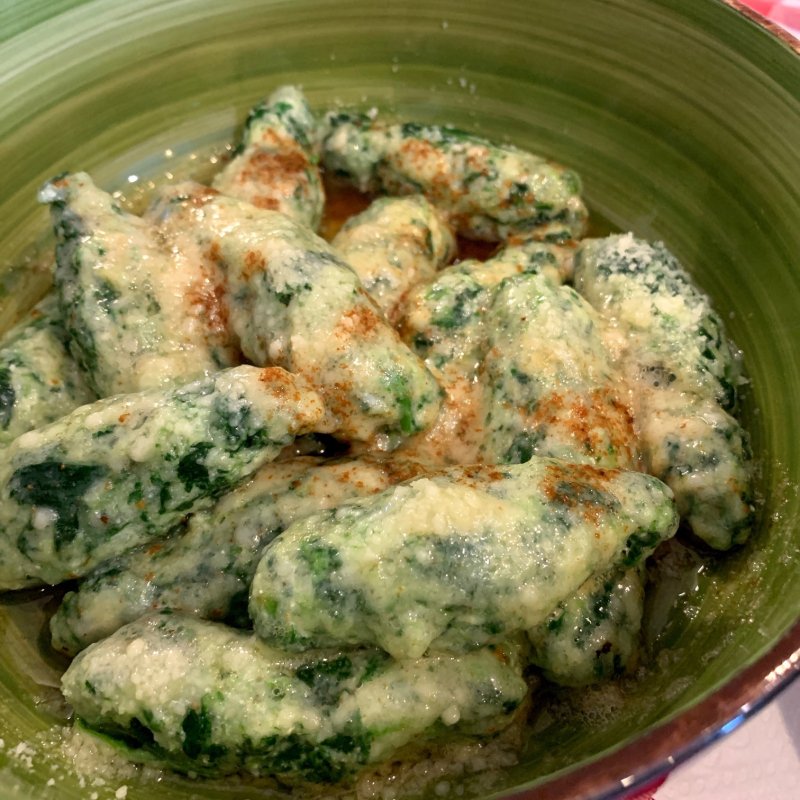
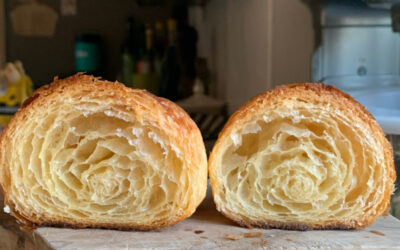

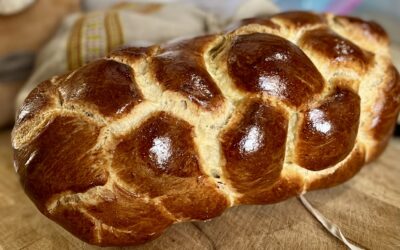
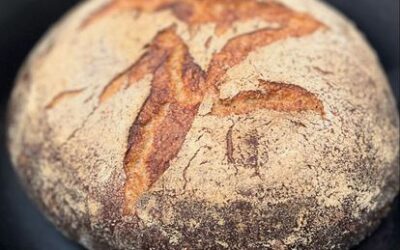
0 Comments